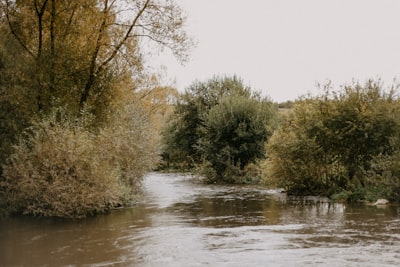Summary
In early July 2025, catastrophic flash flooding struck near Kerrville, Texas, resulting in disaster at Camp Mystic, a girls’ camp on the Guadalupe River. Despite early-morning National Weather Service alerts of “life-threatening flash flooding,” communication breakdowns and lack of local official response left those in peril largely to fend for themselves. At least 27 lives were lost at Camp Mystic, while a different camp nearby, Presbyterian Mo-Ranch, suffered no fatalities, thanks to a proactive facilities manager. The article exposes lapses in preparedness, communication, and responsibility among local officials, with the mayor of Kerrville himself stating he did not receive the critical alerts until hours later.
Analysis
The tragic events at Camp Mystic reveal a cascade of institutional failures that go beyond the vagaries of nature. America’s rural warning systems, especially in Texas’s flood-prone counties, appear ill-prepared for emergencies outside of business hours. Despite a clear and escalating sequence of NWS warnings between 1:14 a.m. and 4:03 a.m., no coordinated local response materialized. The default reliance on individual vigilance—particularly at night—proved fatal for many, raising urgent ethical and procedural questions.
At a structural level, this situation exposes a dangerous gap between federal alerting systems and local response mechanisms. The lives saved at Mo-Ranch demonstrate the difference individual initiative and institutional culture can make—the manager’s alertness and action contrasted with the inaction or unawareness among public officials. There may also be political or resource-based reasons: rural counties often lack robust 24-hour emergency staffing, or their alert networks may not be updated or tested frequently. Additionally, the framing of the story, emphasizing parental and survivor accounts, raises the question of systemic accountability: Who is responsible when communication infrastructure fails at the precise moment it is needed most?
Discussion
This Texas flood matters because it is not a freak occurrence, but a symptom of broader vulnerabilities facing American communities as climate change intensifies weather extremes. Across the country, similar tragedies have played out, such as in West Virginia, Louisiana, and the Midwest, each exposing preventable gaps between warning and response, and between technology and human systems.
Several pressing questions arise: Are local authorities equipped—legally, financially, technologically—to respond swiftly to nocturnal disasters? Should the state or federal government play a more hands-on role in monitoring and activating evacuations for high-risk locations, especially where children are involved?
Moreover, the ethical imperative seems clear. When responsibility is distributed but accountability is diffuse, tragedy often results. How can communication protocols be revised so all those at risk are reached and protected, regardless of the hour? This is not merely about weather, but about the design of our social safety nets, the capacities of rural governance, and the value placed on proactive versus reactive public service.
Ultimately, this heartbreaking episode compels us to reflect on how much we entrust to individual attention and luck, and whether that is compatible with a just and resilient society in an era of mounting climate hazards.

Comments
No comments yet. Be the first to comment!